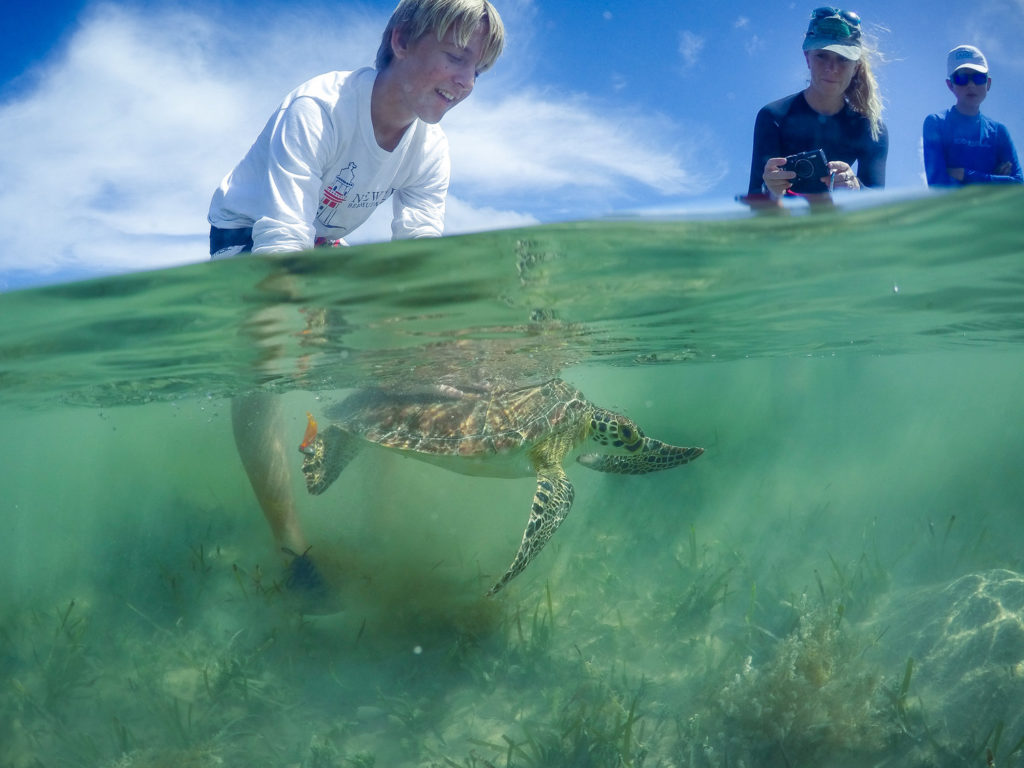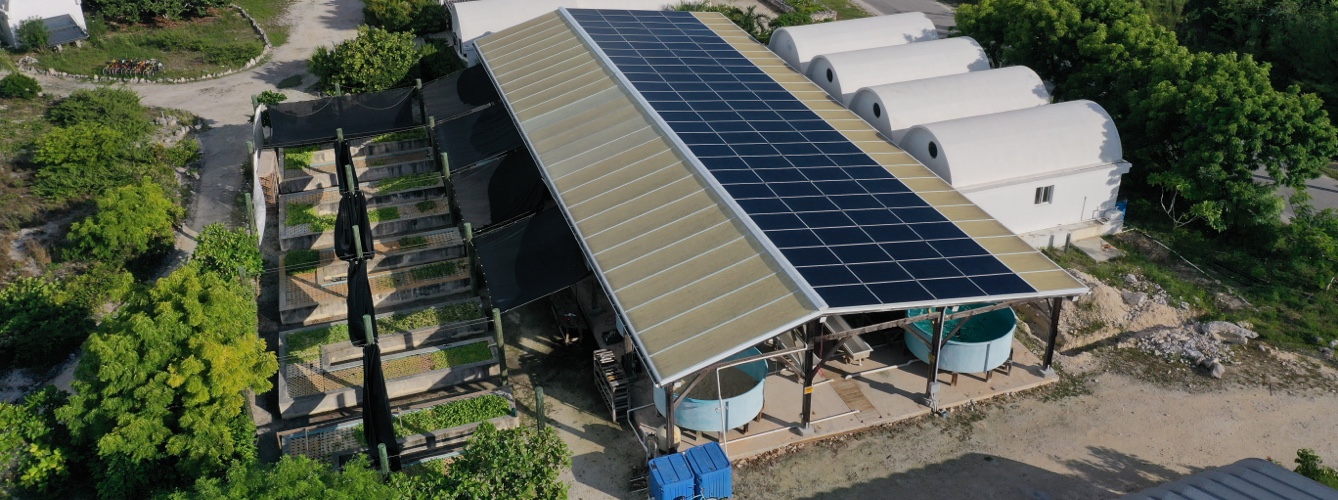Sea Turtles
Protecting Threatened Coastal Habitats
The seas surrounding the 700 islands, cays, and islets that form The Bahamas create a mosaic of interconnected coastal habitats. At this land-sea interface, you can find some of the most picturesque habitats in all the wider Caribbean region, including pink sand beaches, rocky shores, tidal flats, and mangrove creeks. Further out, there are also vast seagrass meadows, and patch reefs. These diverse habitats each support unique assemblages of subtropical species and play valuable ecological roles, yet their proximity to land also means that they are some of the most threatened by human activities such as coastal development.
CEI Stories
The diversity and ecological complexity of Eleuthera’s coastline is astonishing. I feel so privileged to work in an array of habitats, including tidal mangrove creeks and seagrass flats, which are not only incredibly beautiful, but also provide many opportunities for impactful research studies. The work being done on our coastal habitats is essential to protecting populations of many juvenile organisms that are critical to the stability of these ecosystems and the Bahamian fisheries that rely on them.
Sea Turtle Research
The Bahamian archipelago is made up of a mosaic of inter-connected coastal ecosystems that include patch reefs, mangroves creeks, and shallow seas. Within these diverse habitats, green Chelonia mydas, hawksbill Eretmochelys imbricata, and loggerhead Caretta caretta turtles can be found in substantial numbers. At the Cape Eleuthera Institute, we monitored the population status of these three turtle species in the waters of Eleuthera, The Bahamas. Because it is estimated that sea turtle populations in the Caribbean have declined by over 97 % in the past few decades, knowledge of their current population trends is essential for guiding conservation efforts. As sea turtles are also keystone species, knowledge of whether their populations are recovering or declining helps to provide a broad-scale indicator of the health of wider Caribbean ecosystems.
The foundation of the sea turtle research program at CEI is a long-term mark-recapture initiative. Using a combination of metal ID tags and photo ID technologies, we were able to track these turtles between 2011 and 2023. We have also used a wide variety of other technologies—such as animal-borne cameras, drones; radio, acoustic, and satellite telemetry devices; and 3D accelerometers—to investigate the ecology of these animals.

Sustainability
Sea turtles form an essential component in maintaining healthy seagrass beds and coral reefs. Without sea turtles, these habitats would quickly become overrun by algae. As seagrass beds and coral reefs support both local fisheries and ecotourism, sustaining these ecosystems and the turtles that live within them is essential for countless Bahamians.
Partners
- NOAA: Our Way Together
- Yale Peabody Museum
- Purdue University
- University of West Florida
- University of Florida
- West Connecticut State University
- Florida International University
For more information, contact research@islandschool.org.

